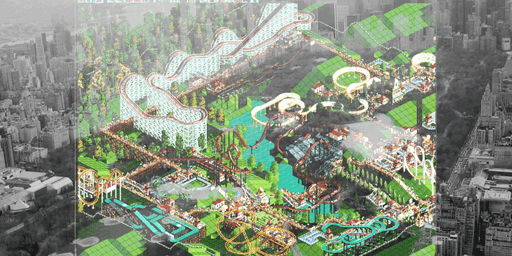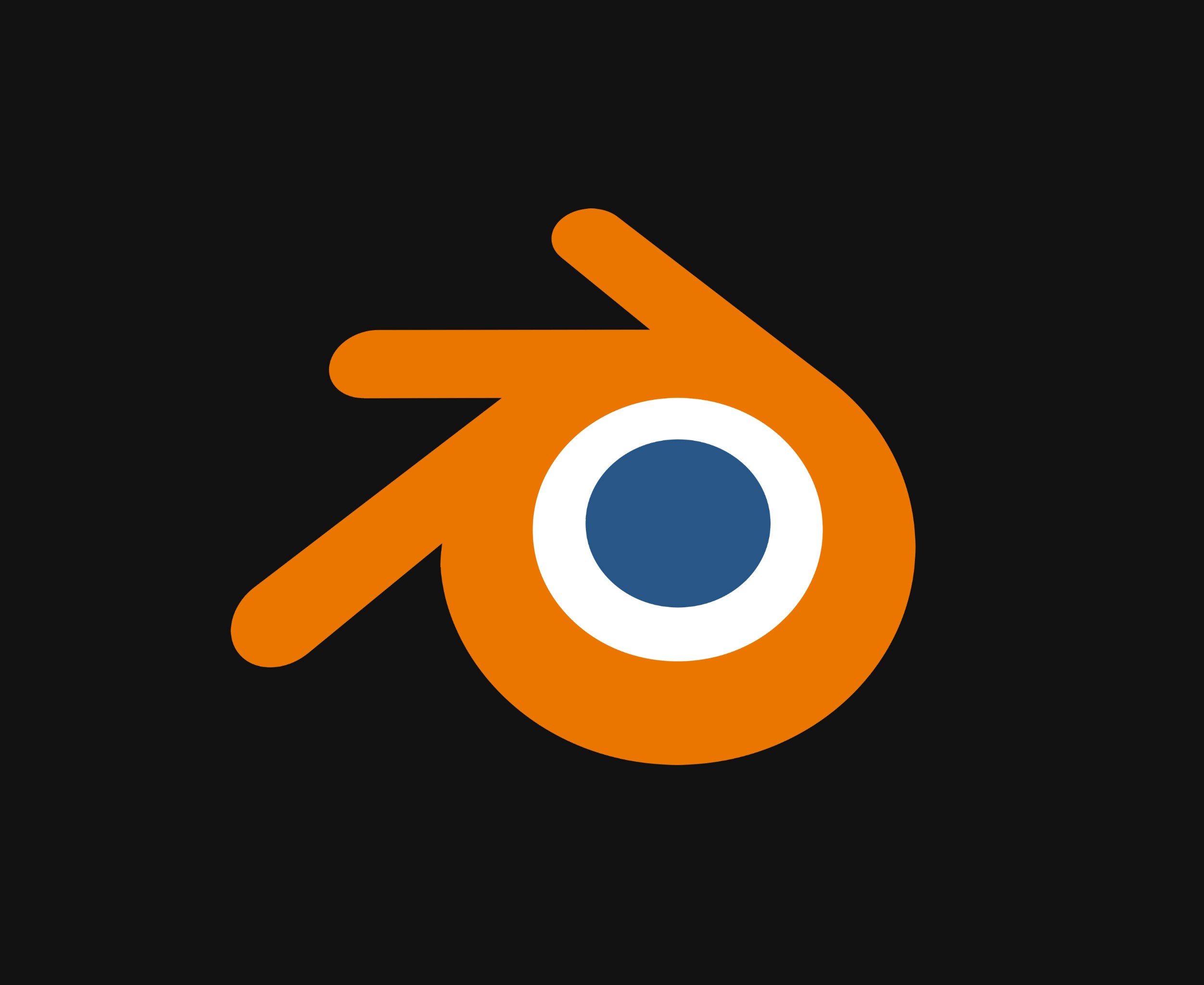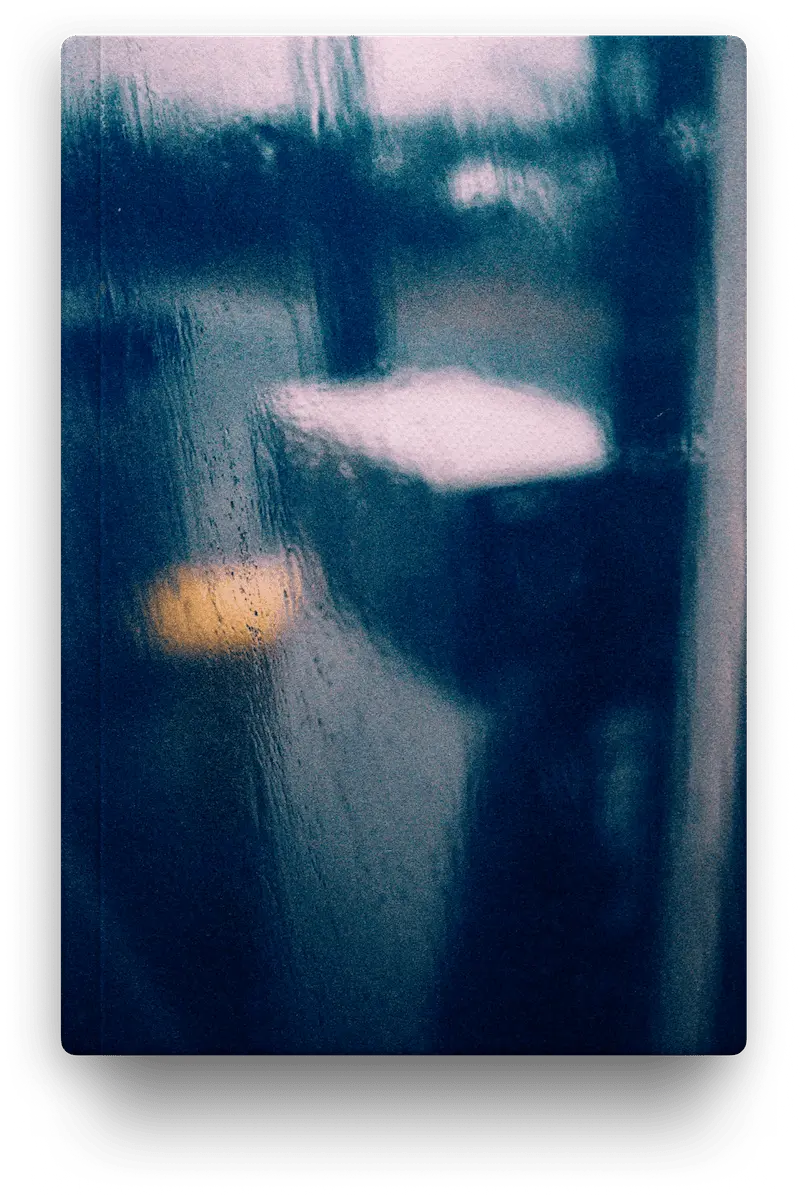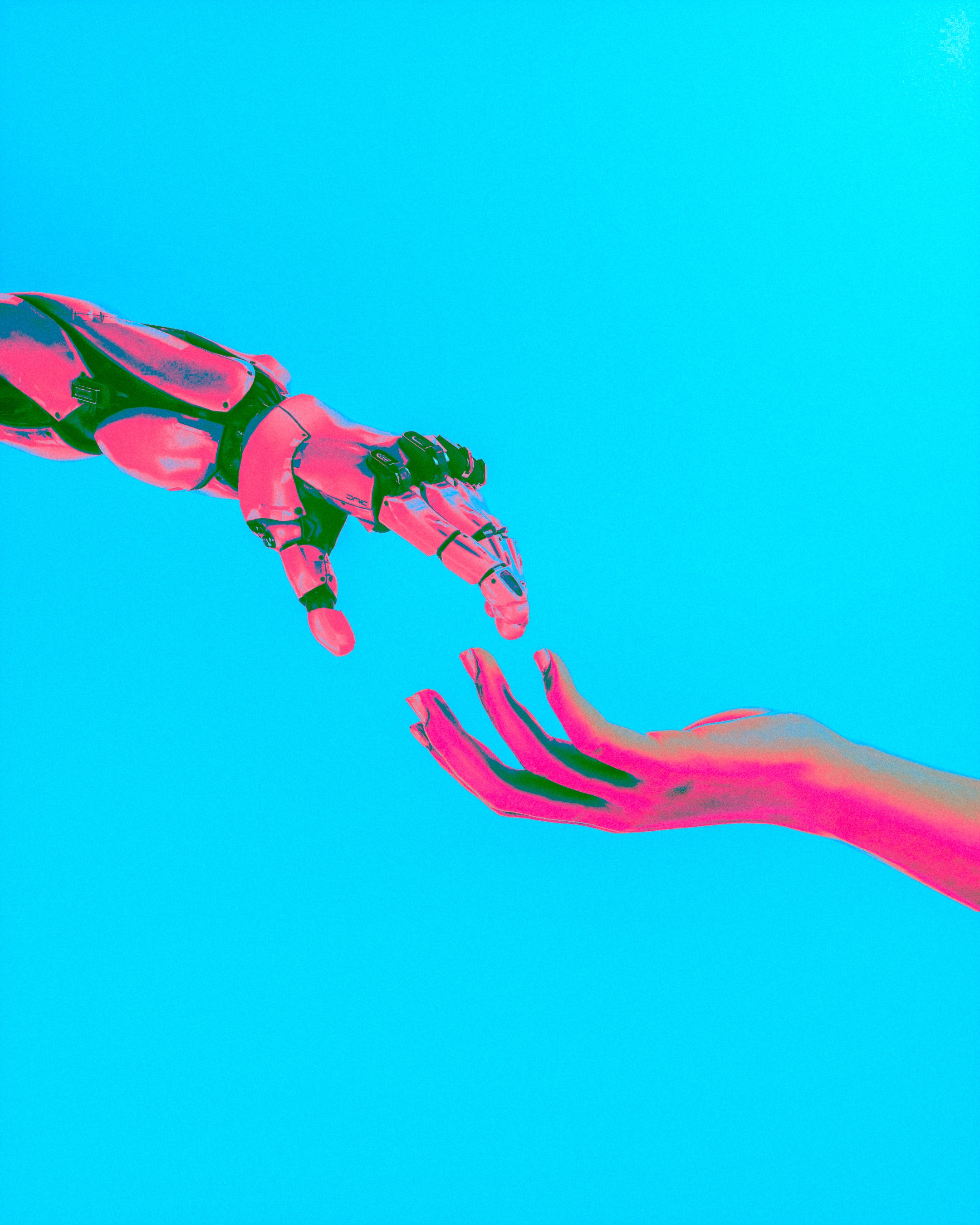


Embracing the Future: The Rise of AI in Design
The landscape of graphic design is perpetually evolving, with each new technology ushering in a wave of innovation and creativity.
Among these advancements, Artificial Intelligence (AI) stands out as a transformative force, reshaping the way we conceive, create, and interact with design elements. In this post, I'll explore how AI is influencing the field of graphic design and what it means for designers like myself.
AI-Driven Creativity
The integration of AI into graphic design has opened doors to unprecedented creative possibilities. AI algorithms can analyze vast datasets of design elements, learning from existing styles and patterns.
This enables AI tools to generate unique design suggestions, inspire new concepts, and even automate certain repetitive tasks. As a designer, I find this both exhilarating and challenging. It pushes me to think outside the box and explore new creative avenues that I may not have considered before.
Enhanced Productivity
One of the most significant impacts of AI in graphic design is its ability to enhance productivity. Tasks such as sorting through images, creating basic layouts, and color correction can be streamlined using AI.
This automation frees up more time for us designers to focus on the more creative aspects of our work, such as conceptualization and fine-tuning designs to better align with our client’s vision.
Personalization at Scale
AI enables a level of personalization in design that was previously unimaginable. By analyzing user data, AI can tailor designs to individual preferences and behaviors.
This is particularly useful in marketing and advertising, where personalized content can significantly increase engagement and conversion rates. As a graphic designer, this means that my work can have a greater impact by resonating more deeply with its intended audience.

Learning and Adaptation
The most fascinating aspect of AI in design is its ability to learn and adapt. AI tools are not just static software; they evolve based on new data and user interactions.
This means that the more I use AI in my design work, the better it understands my style and preferences, thereby becoming a more effective assistant in my creative process.
The Human Touch
Despite the advancements in AI, the human element remains central to graphic design. Creativity, emotion, and intuition are aspects of design that AI cannot replicate.
As designers, our role is increasingly about using AI as a tool to enhance our work, not replace it. The true art lies in harmoniously blending AI capabilities with human creativity.
Conclusion
The rise of AI in graphic design is not just a trend; it’s a new paradigm that is here to stay. It challenges us to grow, adapt, and rethink the way we approach design.
By embracing AI, we can enhance our creativity, improve our efficiency, and continue to create meaningful and impactful designs.
As I continue to navigate this exciting landscape, I am eager to see how AI will further revolutionize the world of graphic design, and I am thrilled to be a part of this journey.
Embracing the Future: The Rise of AI in Design
The landscape of graphic design is perpetually evolving, with each new technology ushering in a wave of innovation and creativity.
Among these advancements, Artificial Intelligence (AI) stands out as a transformative force, reshaping the way we conceive, create, and interact with design elements. In this post, I'll explore how AI is influencing the field of graphic design and what it means for designers like myself.
AI-Driven Creativity
The integration of AI into graphic design has opened doors to unprecedented creative possibilities. AI algorithms can analyze vast datasets of design elements, learning from existing styles and patterns.
This enables AI tools to generate unique design suggestions, inspire new concepts, and even automate certain repetitive tasks. As a designer, I find this both exhilarating and challenging. It pushes me to think outside the box and explore new creative avenues that I may not have considered before.
Enhanced Productivity
One of the most significant impacts of AI in graphic design is its ability to enhance productivity. Tasks such as sorting through images, creating basic layouts, and color correction can be streamlined using AI.
This automation frees up more time for us designers to focus on the more creative aspects of our work, such as conceptualization and fine-tuning designs to better align with our client’s vision.
Personalization at Scale
AI enables a level of personalization in design that was previously unimaginable. By analyzing user data, AI can tailor designs to individual preferences and behaviors.
This is particularly useful in marketing and advertising, where personalized content can significantly increase engagement and conversion rates. As a graphic designer, this means that my work can have a greater impact by resonating more deeply with its intended audience.

Learning and Adaptation
The most fascinating aspect of AI in design is its ability to learn and adapt. AI tools are not just static software; they evolve based on new data and user interactions.
This means that the more I use AI in my design work, the better it understands my style and preferences, thereby becoming a more effective assistant in my creative process.
The Human Touch
Despite the advancements in AI, the human element remains central to graphic design. Creativity, emotion, and intuition are aspects of design that AI cannot replicate.
As designers, our role is increasingly about using AI as a tool to enhance our work, not replace it. The true art lies in harmoniously blending AI capabilities with human creativity.
Conclusion
The rise of AI in graphic design is not just a trend; it’s a new paradigm that is here to stay. It challenges us to grow, adapt, and rethink the way we approach design.
By embracing AI, we can enhance our creativity, improve our efficiency, and continue to create meaningful and impactful designs.
As I continue to navigate this exciting landscape, I am eager to see how AI will further revolutionize the world of graphic design, and I am thrilled to be a part of this journey.
Embracing the Future: The Rise of AI in Design
The landscape of graphic design is perpetually evolving, with each new technology ushering in a wave of innovation and creativity.
Among these advancements, Artificial Intelligence (AI) stands out as a transformative force, reshaping the way we conceive, create, and interact with design elements. In this post, I'll explore how AI is influencing the field of graphic design and what it means for designers like myself.
AI-Driven Creativity
The integration of AI into graphic design has opened doors to unprecedented creative possibilities. AI algorithms can analyze vast datasets of design elements, learning from existing styles and patterns.
This enables AI tools to generate unique design suggestions, inspire new concepts, and even automate certain repetitive tasks. As a designer, I find this both exhilarating and challenging. It pushes me to think outside the box and explore new creative avenues that I may not have considered before.
Enhanced Productivity
One of the most significant impacts of AI in graphic design is its ability to enhance productivity. Tasks such as sorting through images, creating basic layouts, and color correction can be streamlined using AI.
This automation frees up more time for us designers to focus on the more creative aspects of our work, such as conceptualization and fine-tuning designs to better align with our client’s vision.
Personalization at Scale
AI enables a level of personalization in design that was previously unimaginable. By analyzing user data, AI can tailor designs to individual preferences and behaviors.
This is particularly useful in marketing and advertising, where personalized content can significantly increase engagement and conversion rates. As a graphic designer, this means that my work can have a greater impact by resonating more deeply with its intended audience.

Learning and Adaptation
The most fascinating aspect of AI in design is its ability to learn and adapt. AI tools are not just static software; they evolve based on new data and user interactions.
This means that the more I use AI in my design work, the better it understands my style and preferences, thereby becoming a more effective assistant in my creative process.
The Human Touch
Despite the advancements in AI, the human element remains central to graphic design. Creativity, emotion, and intuition are aspects of design that AI cannot replicate.
As designers, our role is increasingly about using AI as a tool to enhance our work, not replace it. The true art lies in harmoniously blending AI capabilities with human creativity.
Conclusion
The rise of AI in graphic design is not just a trend; it’s a new paradigm that is here to stay. It challenges us to grow, adapt, and rethink the way we approach design.
By embracing AI, we can enhance our creativity, improve our efficiency, and continue to create meaningful and impactful designs.
As I continue to navigate this exciting landscape, I am eager to see how AI will further revolutionize the world of graphic design, and I am thrilled to be a part of this journey.
Find Me
TW
GH
RC
TG
GR
Find Me
TW
GH
RC
TG
GR
Find Me
TW
GH
RC
TG
GR
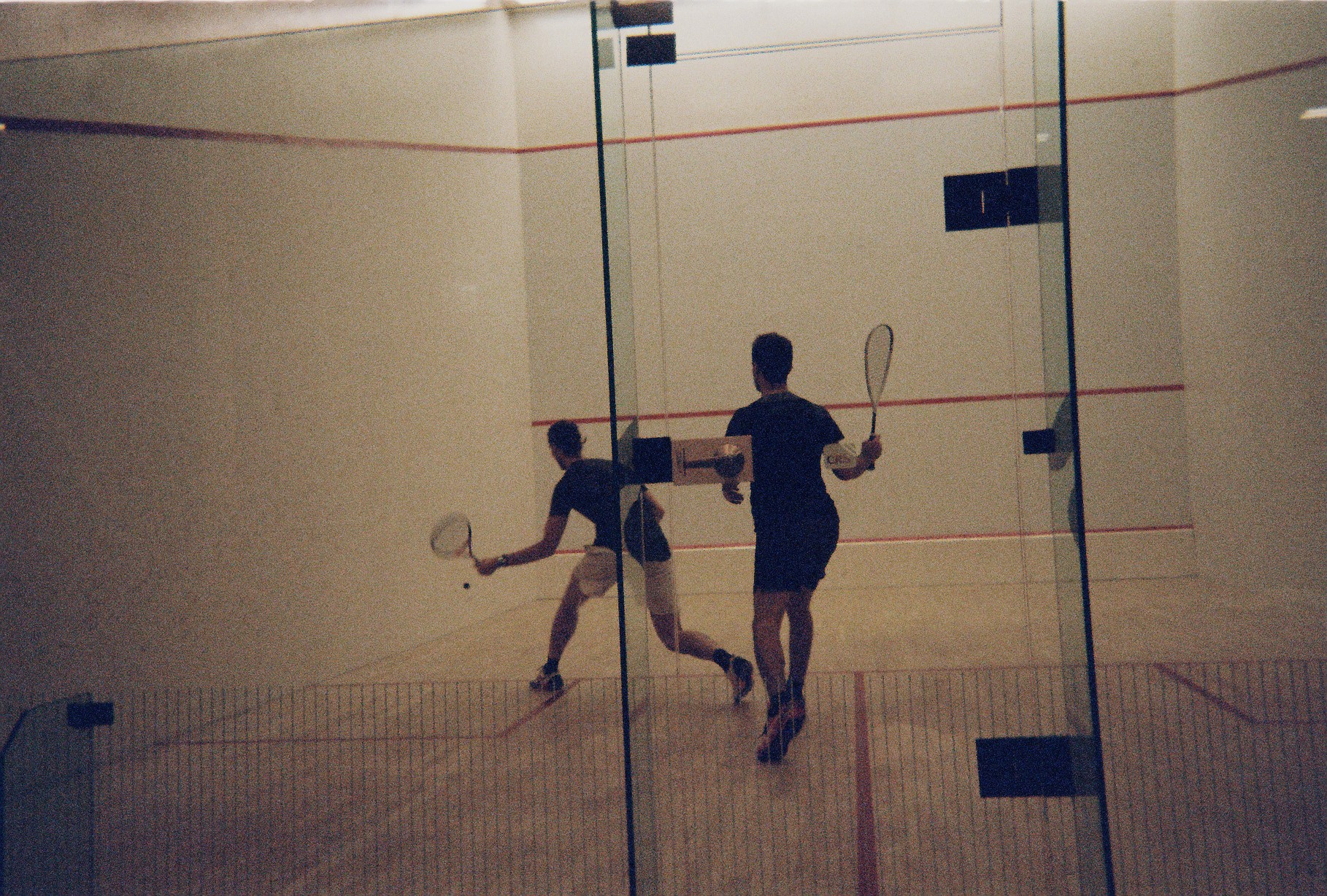
A Quiet Day At The Beach
2023

A Quiet Day At The Beach
2023

A Quiet Day At The Beach
2023



